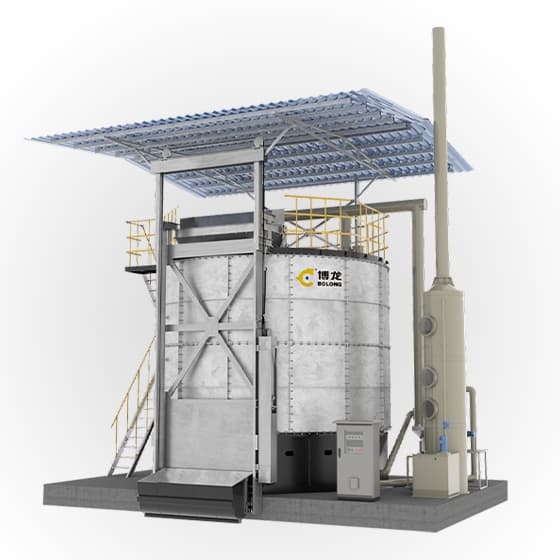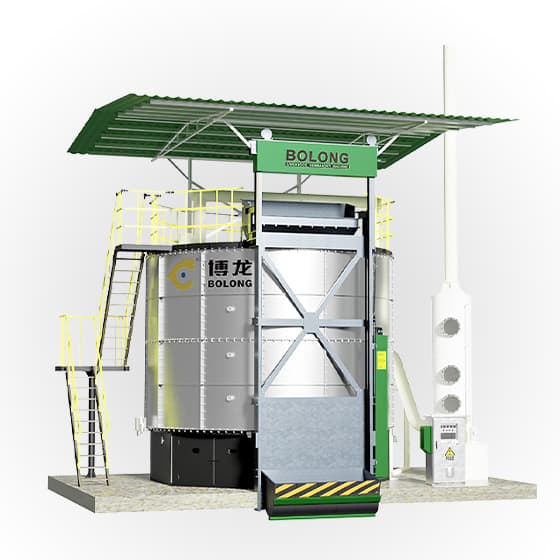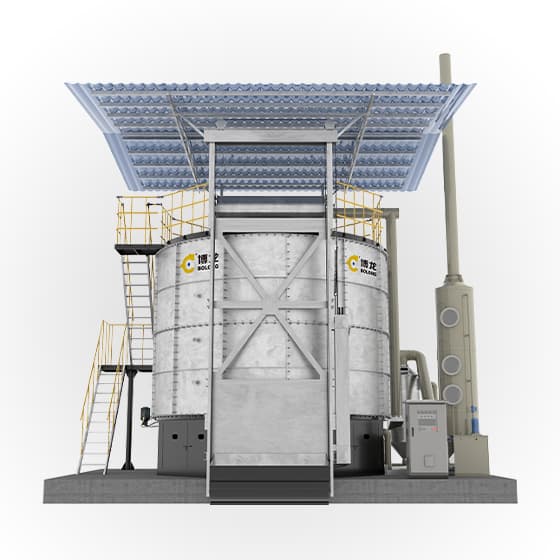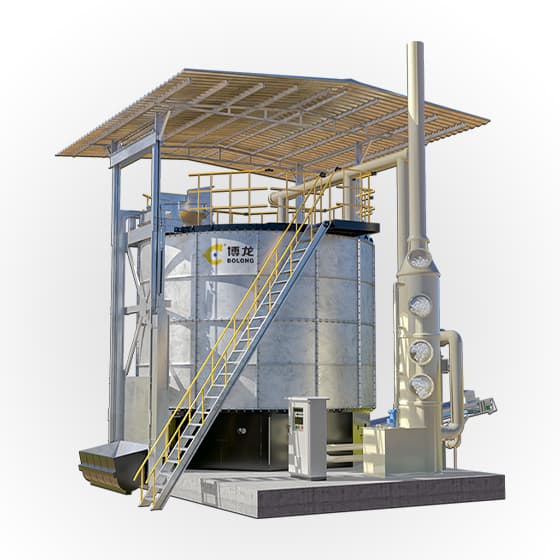Development and Evaluation of Cow Dung Composting
composting equipment produces gases such as ammonia, methane, hydrogen sul Þde, and carbon dioxide during the comp osting process. To accommodate these gases, a portion of
Industrial Composting | Commercial
Heat – retaining industrial composting equipment with easy
2024/2/11/ · If you don’t really understand what industrial composting is — you’re not alone! Industrial composting, or commercial composting, is an industry that promotes a circular waste system by diverting organic waste from landfill and transforming it into valuable resources, like nutrient-rich compost..
Drip irrigation and nitrogen management for improving crop yields
2019/6/20/ · Water is an important natural resource for meeting food and fiber needs of growing population in the semi-arid and arid areas of the world. Rice-wheat (RW) is a major production system, which contributes to food security in the Indo-Gangetic plains (IGP) of South Asia, (Ladha et al., 2009).Rising input prices and agricultural wage rates has reduced the
(PDF) Heat recovery from compost - ResearchGate
The progress of composting technologies from static heap to
2020/5/1/ · Production and application of biochar, compost and biochar-compost are covered for agricultural and contaminated soils. Metal and organic contaminations are also discussed.
Soil management: compost production and use in tropical
4.4.3 Seaweed composting 81 4.5 Composting of night soil and refuse 82 4.5.1 Simple composting techniques 83 4.5.2 Partly mechanized techniques 85 4.5.3 Composting of dewatered sewage sludge 86 4.6 Equipment for manual composting 86
(PDF) Heat recovery from composting: A Step-by-Step
2017/1/1/ · Compost Heat Recovery Systems (CHRS) represent an innovative technology to provide domestic decentralized thermal energy, recovering the heat naturally produced during the aerobic biodegradation
Industrial-Scale Compost Machine | Turn Food Waste into Fertilizer
2024/11/29/ · The compost produced by these machines is a rich, organic fertilizer that can improve soil quality, reduce the need for chemical fertilizers, and support sustainable
Genetic strategies for improving crop yields - NASA/ADS
The current trajectory for crop yields is insufficient to nourish the world's population by 20501. Greater and more consistent crop production must be achieved against a backdrop of climatic stress that limits yields, owing to shifts in pests and pathogens, precipitation, heat-waves and other weather extremes. Here we consider the potential of plant sciences to
Different Types of Industrial Composting - Greenprint
2023/1/31/ · Industrial composting is intended to process high volumes of commercial and industrial organic waste, including municipal waste from household green bins and organic waste from restaurants and other businesses. Industrial composting can also break down compostable plastics and other biodegradable materials. The finished compost is then sold or passed on to
How Does Composting Improve Plant Health and Productivity?
2024/7/10/ · In Milwaukee, there was a notable project involving food-waste composting for urban agriculture. This project, funded by the USDA Sustainable Agriculture Research and Education (SARE) North Central Region (NCR) and lasting two years, aimed to achieve two main objectives: divert more of Milwaukee's food waste from landfills and enhance soil quality in
Effective Industrial Composting
Heat potential, generation, recovery and utilization from composting
2021/12/1/ · Part of the generated energy is used for sustaining microbial metabolism, and the rest is normally lost to the surrounding environment as heat (Tuomela et al., 2000; Zhao et al., 2017).However, the generated heat is usually ignored as the main aim of composting is the safe disposal of OSW and the production of soil improver (Boldrin et al., 2009; Bollen et al., 1989;
Vermicomposting Method and its Importance in …
-

For fermentation of animal manure into organic fertilizer
Manure Fertilizer Fermentation Tank -11FFG-280 -

For fermentation of animal manure into organic fertilizer
Manure Fertilizer Fermentation Tank -11FFG-160 -

For fermentation of animal manure into organic fertilizer
Manure Fertilizer Fermentation Tank -11FFG-90 -

For fermentation of animal manure into organic fertilizer
Manure Fertilizer Fermentation Tank -11FFG-102